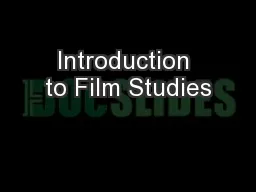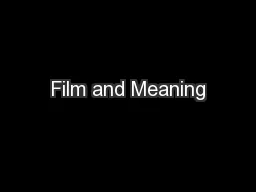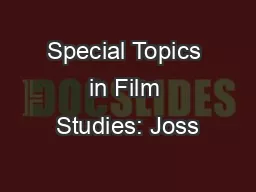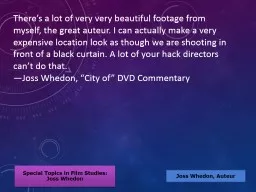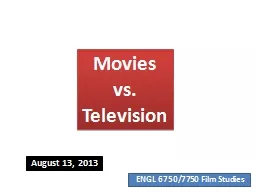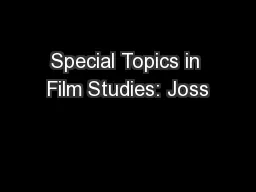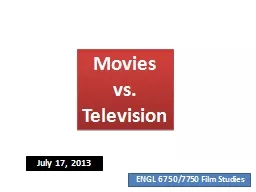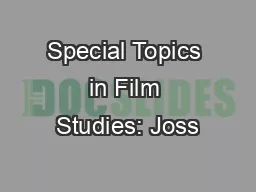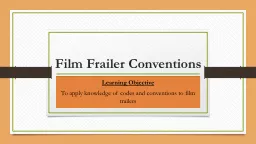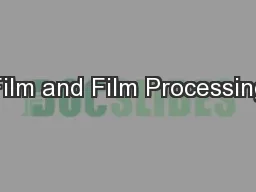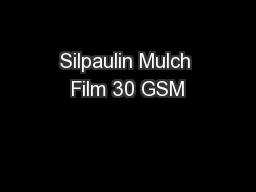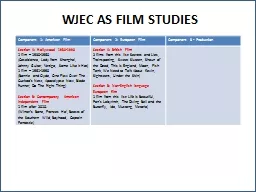PPT-Introduction to Film Studies
Author : lindy-dunigan | Published Date : 2018-01-10
Mise enscène Lighting Colour In Colour lighting thin colour film placed in front of a light gives image a universal tint Colour gel or filter Lighting Colour
Presentation Embed Code
Download Presentation
Download Presentation The PPT/PDF document "Introduction to Film Studies" is the property of its rightful owner. Permission is granted to download and print the materials on this website for personal, non-commercial use only, and to display it on your personal computer provided you do not modify the materials and that you retain all copyright notices contained in the materials. By downloading content from our website, you accept the terms of this agreement.
Introduction to Film Studies: Transcript
Download Rules Of Document
"Introduction to Film Studies"The content belongs to its owner. You may download and print it for personal use, without modification, and keep all copyright notices. By downloading, you agree to these terms.
Related Documents

